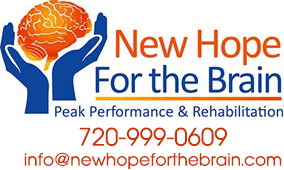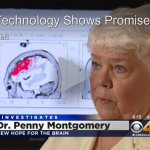 Millions of people suffer from the effects of dysfunctional breathing without even realizing it. Estimates suggest that 10 to 25 percent of the U.S. population may be suffering some of the effects of learned dysfunctional breathing.
Millions of people suffer from the effects of dysfunctional breathing without even realizing it. Estimates suggest that 10 to 25 percent of the U.S. population may be suffering some of the effects of learned dysfunctional breathing.
The most common dysfunctional breathing habit is overbreathing. Overbreathing is breathing that results in a carbon dioxide deficit. It is a physiological condition known as hypocapnia. Acute effects of hypocapnia can trigger symptoms of all kinds, including virtually all of the symptoms identified with the “effects of stress.” These effects can be dramatic, disturbing and even terrifying as in the case of panic attack.
Common symptoms of hypocapnia include:
- Cognitive difficulties (attention, learning)
- Emotional symptoms (anxiety, anger)
- Physical problems (pain, asthma)
Good breathing may be learned through biofeedback using the CapnoTrainer®. Breath Biofeedback allows you to observe and identify new breathing patterns. You will be able to:
- Discover the triggers for good and bad breathing patterns
- See how your thoughts, moods, and emotions are changed by good breathing
- Learn how your mental and physical performance is altered by breathing
- Evaluate the effects of good breathing on your learning, memory, and attention
- See how proper breathing improves symptoms of pain and injury
- Use breathing as a way of exploring awareness and consciousness
Good respiration can bring about immensely beneficial physical, mental, and behavioral changes.
For more information, see: www.betterphysiology.com
…”breathing is actually the key to a lot of opening up of other parts of yourself that you haven’t used…” Sigourney Weaver
“To control the breathing is to control the mind…You can feel the whole spectrum of feelings just by changing your breathing.” Marina Abramovic

